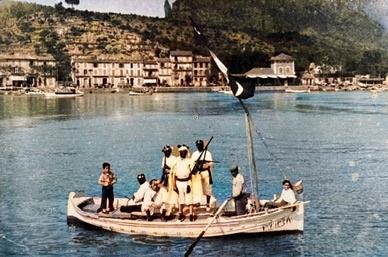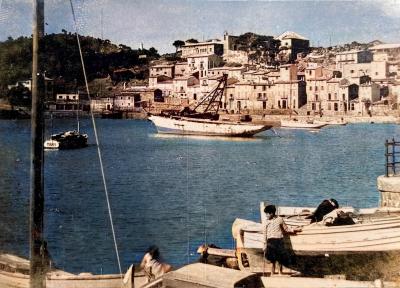What cultural or historical significance do cisterns hold in the daily life of traditional Mallorcan communities?
Similar Topics
mallorcan cisterns
traditional water storage
mediterranean climate water
historical water conservation
agricultural irrigation mallorca
cultural heritage cisterns
mallorcan rural identity
sustainable water management
Cisterns have long played a crucial role in the daily lives of traditional Mallorcan communities, serving as vital water storage solutions in an environment marked by its Mediterranean climate and often limited rainfall. Historically, Mallorca’s landscape, characterized by rocky terrain and scarce natural freshwater sources, necessitated ingenious methods for water conservation. The construction of cisterns allowed for the collection and storage of rainwater, ensuring a steady water supply throughout dry spells and arid summer months. These structures were especially important for agricultural practices, as irrigation was essential for cultivating the island’s staple crops such as olives, almonds, and grapes.
Beyond their practical function, cisterns also hold cultural significance as symbols of resilience and adaptation. Many traditional Mallorcan farms and rural homes are built around or near these cisterns, often made from local stone and carefully integrated into the architecture to preserve the landscape. Over generations, cisterns have become part of the collective memory and identity of Mallorcan people, embodying a sustainable relationship with their environment. Their presence reflects a deeply rooted understanding of natural cycles and resource management passed down from one generation to the next.
Furthermore, cisterns sometimes serve as silent historical markers, telling stories of past livelihoods and the island’s socio-economic development. The communal effort required to build and maintain these water reserves speaks to a shared responsibility within villages, reinforcing social bonds and cooperation. Today, while modern infrastructure has supplemented water supply, many traditional cisterns are preserved as cultural heritage sites, offering visitors a tangible connection to Mallorca’s rural past and the ingenuity of its inhabitants. This enduring element of Mallorcan life highlights the interplay between environment, culture, and history on the island.
Beyond their practical function, cisterns also hold cultural significance as symbols of resilience and adaptation. Many traditional Mallorcan farms and rural homes are built around or near these cisterns, often made from local stone and carefully integrated into the architecture to preserve the landscape. Over generations, cisterns have become part of the collective memory and identity of Mallorcan people, embodying a sustainable relationship with their environment. Their presence reflects a deeply rooted understanding of natural cycles and resource management passed down from one generation to the next.
Furthermore, cisterns sometimes serve as silent historical markers, telling stories of past livelihoods and the island’s socio-economic development. The communal effort required to build and maintain these water reserves speaks to a shared responsibility within villages, reinforcing social bonds and cooperation. Today, while modern infrastructure has supplemented water supply, many traditional cisterns are preserved as cultural heritage sites, offering visitors a tangible connection to Mallorca’s rural past and the ingenuity of its inhabitants. This enduring element of Mallorcan life highlights the interplay between environment, culture, and history on the island.
🧩 Related Questions
Related Question
How does the agricultural heritage of Felanitx influence its local cuisine?
Related Question
Are there any beaches in Mallorca that are particularly suitable for children?
Related Question
What types of initiatives are in place to promote organic and heritage olive oil varieties in Mallorca?



